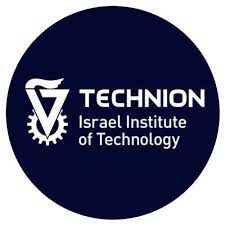Few-shot Multimodal Multitask Multilingual Learning
While few-shot learning as a transfer learning paradigm has gained significant traction for scenarios with limited data, it has primarily been explored in the context of building unimodal and unilingual models. Furthermore, a significant part of the existing literature in the domain of few-shot multitask learning perform in-context learning which requires manually generated prompts as the input, yielding varying outcomes depending on the level of manual prompt-engineering. In addition, in-context learning suffers from substantial computational, memory, and storage costs which eventually leads to high inference latency because it involves running all of the prompt's examples through the model every time a prediction is made. In contrast, methods based on the transfer learning via the fine-tuning paradigm avoid the aforementioned issues at a one-time cost of fine-tuning weights on a per-task basis. However, such methods lack exposure to few-shot multimodal multitask learning. In this paper, we propose few-shot learning for a multimodal multitask multilingual (FM3) setting by adapting pre-trained vision and language models using task-specific hypernetworks and contrastively fine-tuning them to enable few-shot learning. FM3's architecture combines the best of both worlds of in-context and fine-tuning based learning and consists of three major components: (i) multimodal contrastive fine-tuning to enable few-shot learning, (ii) hypernetwork task adaptation to perform multitask learning, and (iii) task-specific output heads to cater to a plethora of diverse tasks. FM3 learns the most prominent tasks in the vision and language domains along with their intersections, namely visual entailment (VE), visual question answering (VQA), and natural language understanding (NLU) tasks such as neural entity recognition (NER) and the GLUE benchmark including QNLI, MNLI, QQP, and SST-2.



